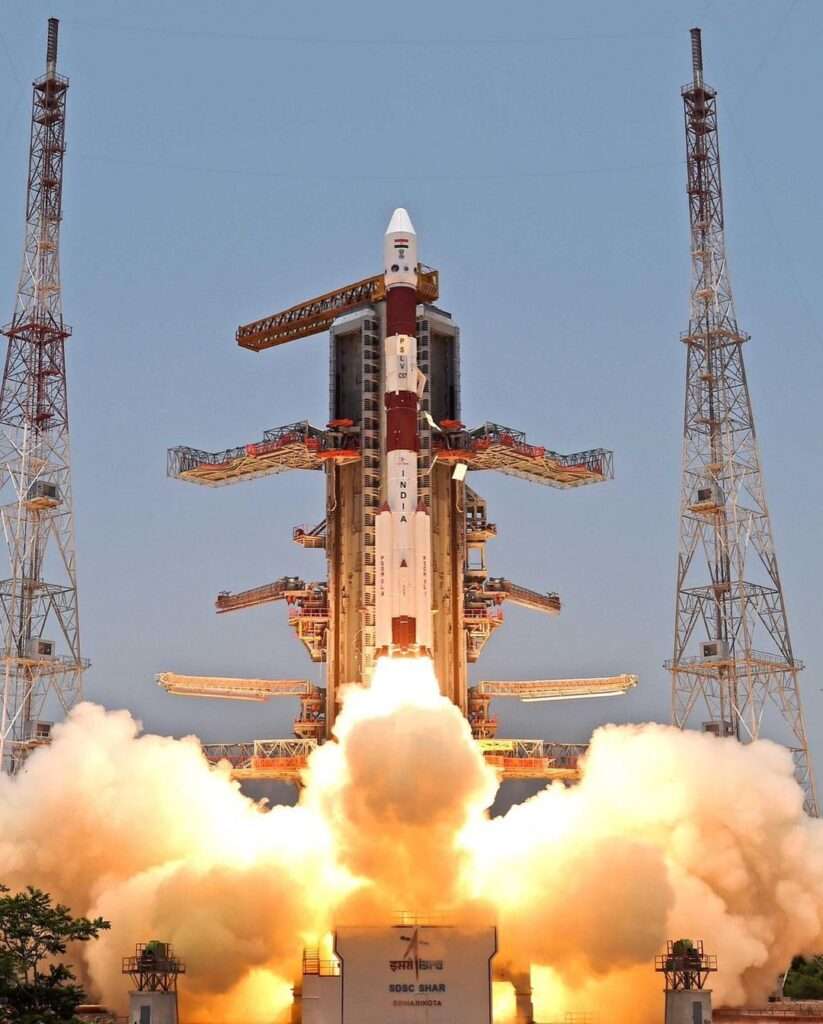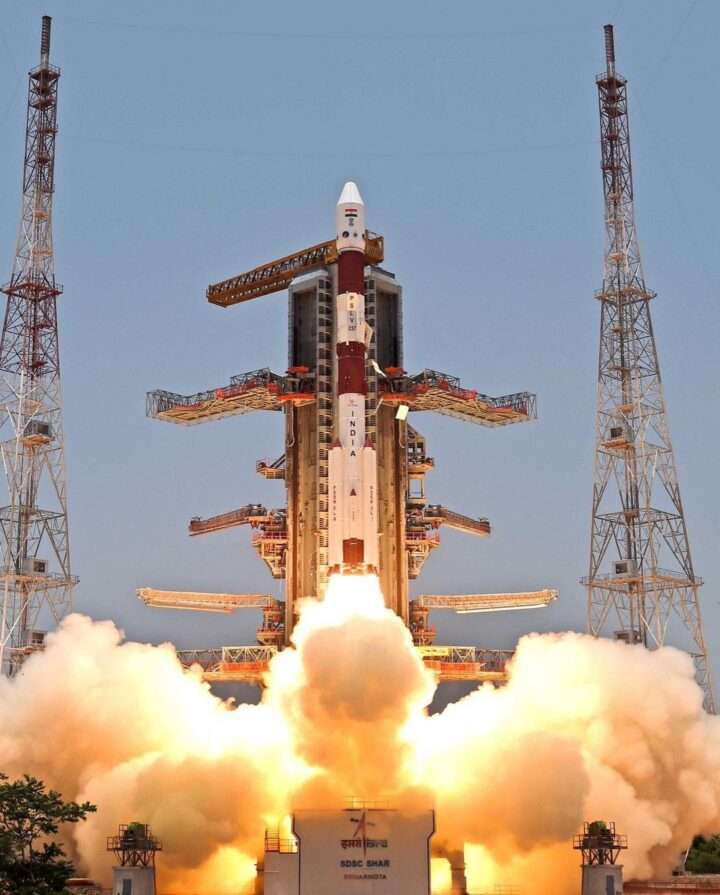Aditya-L1: India’s First Solar Mission
The Aditya-L1 mission is India’s first dedicated solar mission. It was launched on September 2, 2023, by the Indian Space Research Organization (ISRO) using the Polar Satellite Launch Vehicle (PSLV)-C57. The spacecraft will be placed in a halo orbit around the Sun-Earth Lagrange point 1 (L1), which is about 1.5 million kilometers from Earth.

The Aditya-L1 mission has four major science objectives:
- Study the dynamics of the solar upper atmosphere (chromosphere and corona).
- Study the heating of the chromosphere and corona, and the physics of the partially ionized plasma.
- Understand the initiation of coronal mass ejections (CMEs) and flares.
- Characterize the solar wind and its interaction with the Earth’s magnetosphere.
To achieve these objectives, the Aditya-L1 spacecraft is equipped with seven payloads:

- A Visible Emission Line Coronagraph (VELC) to image the solar corona in different emission lines.
- A High-Resolution Telescope (HRT) to image the solar photosphere and chromosphere in high resolution.
- A Soft X-ray Spectrometer (SXS) to study the Sun’s soft X-ray emission.
- A Hard X-ray Spectrometer (HXS) to study the Sun’s hard X-ray emission.
- A Solar Wind Particle Analyzer (SWAPA) to measure the solar wind plasma and its composition.
- A Magnetometer (MAG) to measure the magnetic field in the solar wind and the Earth’s magnetosphere.
- A Charged Particle Telescope (CPT) to measure the energetic charged particles in the solar wind and the Earth’s magnetosphere.

The Aditya-L1 mission is expected to provide valuable new insights into the workings of the Sun and its impact on the Earth. The data from the mission will be used to improve our understanding of space weather, which can have a significant impact on telecommunications, navigation, and power grids.
The Aditya-L1 mission is a major milestone in India’s space program. It is the first in a series of solar missions that ISRO plans to launch in the coming years. The mission is a testament to India’s growing capabilities in space science and technology.
In addition to the scientific objectives, the Aditya-L1 mission will also help to develop new technologies for space exploration. The spacecraft’s halo orbit around L1 is a challenging one, and the mission will test new technologies for maintaining the spacecraft in this orbit. The mission will also test new technologies for communicating with the spacecraft from Earth.
The Aditya-L1 mission is a significant achievement for India and a major step forward in our understanding of the Sun. The data from the mission will be invaluable to scientists around the world, and it will help us to better understand the Sun and its impact on our planet.
Here are some of the specific benefits of the Aditya-L1 mission:
- Improved understanding of the Sun’s dynamics and evolution: The Aditya-L1 mission will help us to understand how the Sun produces its energy, how it heats its outer atmosphere, and how it generates solar flares and coronal mass ejections. This knowledge will help us to better predict solar activity and its impact on Earth.
- Improved understanding of the solar-terrestrial connection: The Aditya-L1 mission will help us to understand how solar activity affects the Earth’s weather and climate. This knowledge will help us to develop better ways to protect our infrastructure from the effects of space weather.
- Development of new technologies for space exploration: The Aditya-L1 mission will help to develop new technologies for space exploration, such as new ways to maintain spacecraft in challenging orbits and new ways to communicate with spacecraft from Earth. These technologies will be valuable for future solar missions and for other space exploration missions.
- Increased awareness of space weather and its impacts: The Aditya-L1 mission will help to raise awareness of space weather and its impacts on Earth. This knowledge will help us to better prepare for and mitigate the effects of space weather events.
The Aditya-L1 mission is a valuable addition to India’s space program and a major contribution to the global effort to understand the Sun. The data from the mission will be used by scientists around the world to improve our understanding of the Sun and its impact on our planet.
